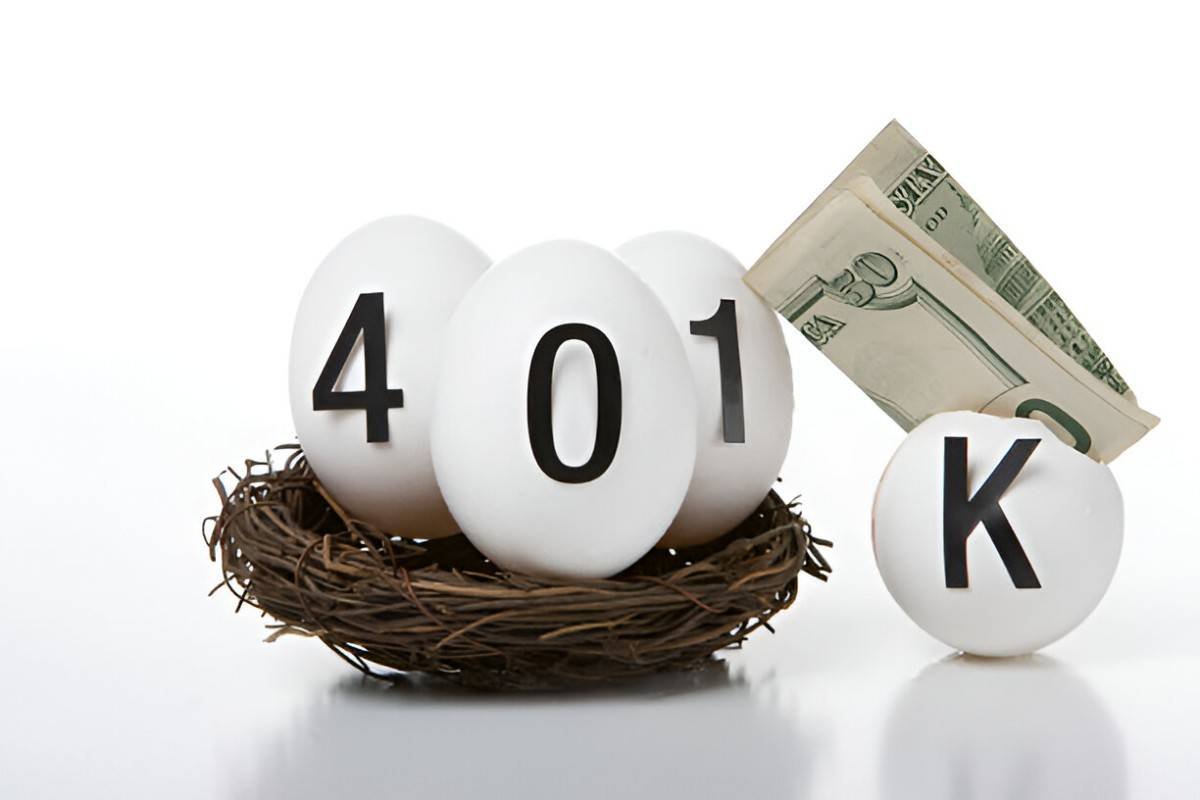Introduction
As a finance expert, I often hear the question: Are 401(k) mutual funds bad? The answer isn’t a simple yes or no. Mutual funds in 401(k) plans have advantages and drawbacks, depending on fees, performance, and investor behavior. In this article, I’ll dissect the key factors that determine whether 401(k) mutual funds work for you—or against you.
Table of Contents
What Are 401(k) Mutual Funds?
A 401(k) is an employer-sponsored retirement plan where employees contribute pre-tax dollars. Many 401(k) plans offer mutual funds as primary investment options. These funds pool money from multiple investors to buy stocks, bonds, or other securities.
How Mutual Funds Work in a 401(k)
- Diversification: Mutual funds spread risk across many assets.
- Professional Management: Fund managers make investment decisions.
- Liquidity: You can buy or sell shares daily.
But are they always the best choice? Let’s explore.
The Case Against 401(k) Mutual Funds
1. High Fees Can Erode Returns
Many 401(k) mutual funds charge high expense ratios—sometimes over 1% annually. Over decades, this compounds and significantly reduces your nest egg.
Example Calculation:
Suppose you invest \$100,000 in a fund with a 1% expense ratio versus a 0.1% index fund. Over 30 years at a 7% annual return:
- High-Fee Fund (1% fee):
FV = \$100,000 \times (1 + 0.06)^{30} = \$574,349 - Low-Fee Fund (0.1% fee):
FV = \$100,000 \times (1 + 0.069)^{30} = \$741,862
The difference? \$167,513—just from fees.
2. Underperformance Relative to Benchmarks
Many actively managed mutual funds fail to beat their benchmarks. According to S&P’s SPIVA report, over 80% of large-cap funds underperformed the S&P 500 over 15 years.
Table: Active vs. Passive Fund Performance (2008-2023)
| Fund Type | Avg. Annual Return (%) | Outperformed Benchmark? |
|---|---|---|
| Active Large-Cap | 7.2 | No (82% underperformed) |
| S&P 500 Index | 9.5 | Benchmark |
3. Limited Investment Choices
Many 401(k) plans restrict options to a few mutual funds, often selected by plan administrators. If your plan lacks low-cost index funds, you may be stuck with expensive, underperforming options.
4. Hidden Fees
Beyond expense ratios, some funds charge:
- 12b-1 fees (marketing costs)
- Load fees (sales commissions)
- Administrative fees (record-keeping)
These can add up, further reducing returns.
The Case For 401(k) Mutual Funds
Despite the drawbacks, mutual funds in 401(k)s have merits.
1. Automatic Diversification
For novice investors, mutual funds provide instant diversification. Instead of picking individual stocks, you own a broad basket of securities.
2. Employer Matching
Many employers match 401(k) contributions—effectively free money. Even if fund options aren’t ideal, the match often outweighs the downsides.
Example:
- Your employer matches 50% up to 6% of salary.
- If you earn $60,000 and contribute 6% ($3,600), your employer adds $1,800.
- Even with a high-fee fund, the immediate 50% return is hard to beat.
3. Tax Advantages
401(k) contributions are tax-deferred. Growth compounds without annual capital gains taxes, which boosts long-term returns.
Alternatives to 401(k) Mutual Funds
If your plan’s mutual funds are expensive, consider:
1. Index Funds or ETFs
If available, low-cost index funds (e.g., S&P 500 trackers) often outperform actively managed funds.
2. Self-Directed Brokerage Options
Some 401(k) plans allow a brokerage window, letting you invest in individual stocks or ETFs.
3. IRA Rollovers
After leaving a job, rolling over to an IRA gives you more control over investments.
Key Takeaways
- 401(k) mutual funds aren’t inherently bad, but high fees and underperformance can hurt returns.
- Always check expense ratios—opt for low-cost index funds when possible.
- Take full advantage of employer matches—they often offset high fees.
- Consider alternatives if your plan’s options are poor.
Final Thoughts
I don’t believe 401(k) mutual funds are universally bad. However, investors must scrutinize fees and performance. If your plan offers low-cost, diversified funds, they can be a powerful retirement tool. If not, explore alternatives while still capturing employer matches.





